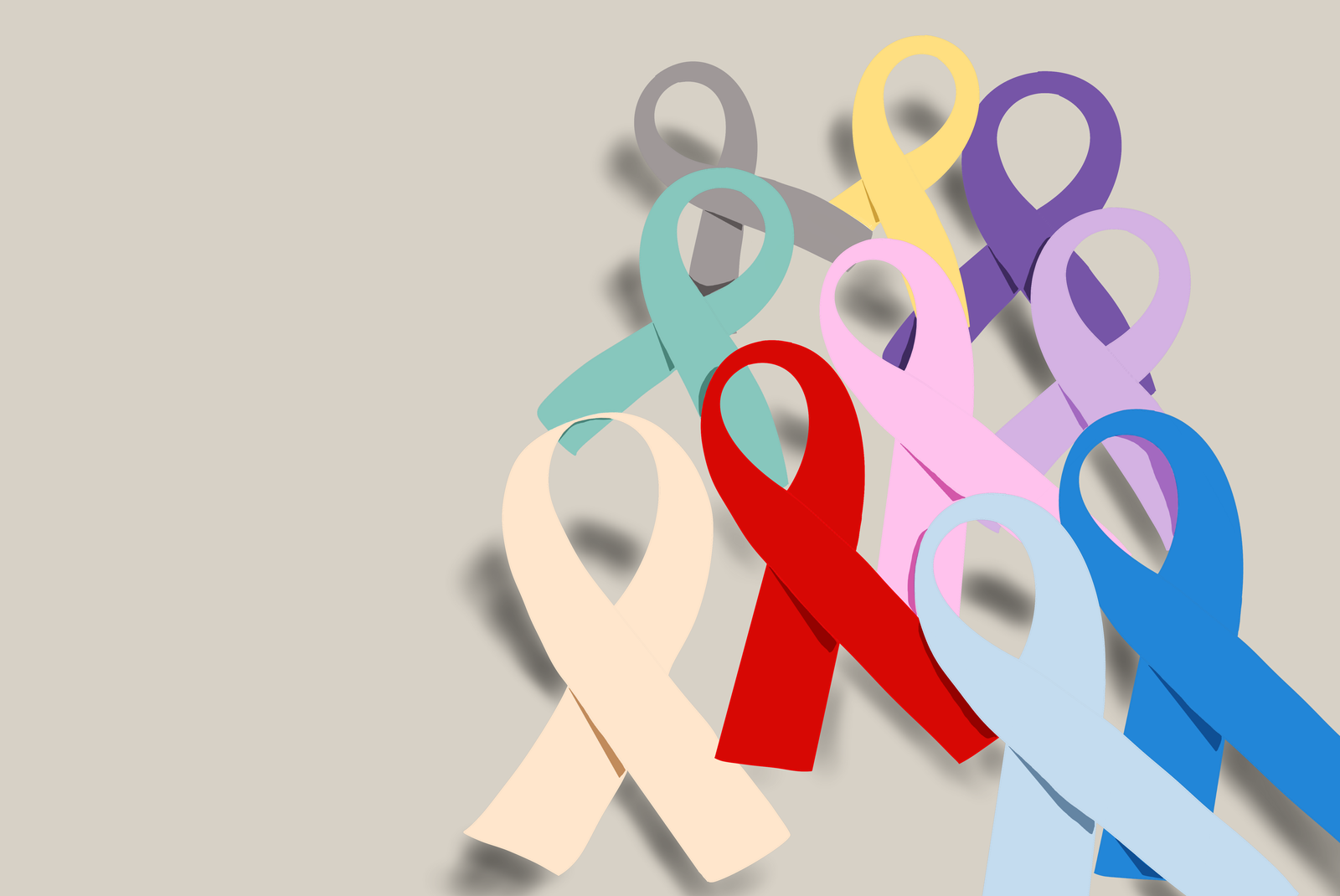🎧 Listen to: Lung Cancer

Lung Cancer
What is lung cancer?
Lung cancer is one of the deadliest types of cancer worldwide, including in Africa. It starts in the lungs and can spread to other parts of the body if not detected early. The good news is that early diagnosis and treatment can save lives.
In Africa, the number of lung cancer cases is rising due to increasing tobacco use, air pollution, and exposure to harmful chemicals. According to the world health organization (WHO), lung cancer is among the top five causes of cancer-related deaths in Africa. Despite this, many people are unaware of the symptoms and risks.
How common is lung cancer in Africa?
While lung cancer has traditionally been more common in Western countries, cases in Africa are increasing.
- Smoking-related lung cancer: More than 80% of lung cancer cases worldwide are linked to smoking. In Africa, the growing popularity of tobacco use, especially among young people, is alarming.
- Pollution-related lung cancer: Cities like Lagos, Nairobi, and Johannesburg have high levels of air pollution, which increases the risk of lung cancer even for nonsmokers.
- Occupational exposure: Many African workers in mining, construction, and factories are exposed to harmful chemicals like asbestos, which increases their risk.
What are the symptoms of lung cancer?
Lung cancer symptoms often appear late, making it harder to treat. That’s why it is important to be aware of these warning signs: Early symptoms:
- Persistent cough that doesn’t go away
- Coughing up blood (even in small amounts)
- Chest pain that worsens with deep breaths, laughing, or coughing
- Shortness of breath even when doing light activities
- Hoarseness (a change in voice)
- Fatigue and weakness
- Loss of appetite and weight loss
Late symptoms:
As lung cancer progresses, symptoms may include:
- Pain in the bones (back, ribs, or hips)
- Headaches and dizziness
- Yellowing of the skin and eyes (jaundice) if cancer spreads to the liver
- Swelling in the face and neck due to blocked blood flow
- Trouble swallowing
What causes lung cancer?
Lung cancer doesn’t just happen, it’s often linked to certain risk factors:
Smoking (biggest risk factor)
- Cigarette smoking causes 90% of lung cancer cases worldwide.
- Smokers are 15 to 30 times more likely to develop lung cancer than non-smokers.
- Even passive smoking (secondhand smoke) increases the risk.
Exposure to harmful substances
- Air pollution: Fumes from car exhausts, industrial waste, and burning wood/charcoal.
- Radon gas: A natural gas found in some soils and poorly ventilated homes.
- Asbestos: Common in construction materials and old buildings.
- Chemicals like arsenic, cadmium, and nickel (common in mining and factories).
Genetic factors
- If a close family member had lung cancer, your risk might be higher.
- Some people inherit weak lung cells that are more prone to cancer.
How is lung cancer diagnosed?
Doctors use several methods to detect lung cancer:
- Chest x-ray: To look for unusual masses in the lungs.
- CT scan: A detailed image of the lungs to spot tumors.
- Sputum test: Examining phlegm for cancer cells.
- Biopsy: Taking a small lung tissue sample to check for cancer.
What are the treatment options?
Lung cancer treatment depends on the stage of cancer and overall health. The main options are:
Surgery
- Used when the cancer is detected early and has not spread.
- The affected part of the lung is removed.
Chemotherapy
- Powerful drugs are used to kill cancer cells.
- Often combined with other treatments.
Radiation therapy
- High-energy rays target and destroy cancer cells.
- Used when surgery is not an option.
Newer treatments (available in some African countries)
- Immunotherapy: Helps the body’s immune system fight cancer.
- Targeted therapy: Attacks specific cancer cells without harming normal ones.
Complications of lung cancer?
Lung cancer can lead to serious health problems such as:
- Severe lung infections like pneumonia.
- Difficulty breathing due to reduced lung function.
- Blood clots in the legs or lungs.
- Bone pain and fractures.
- Heart problems if tumors press against heart vessels.
How can you prevent lung cancer?
There is no guaranteed way to prevent lung cancer, but you can reduce your risk by:
Quitting smoking (the most important step!)
Avoiding secondhand smoke
Testing homes for radon gas
Using protective masks if working in mines or factories
Eating a healthy diet with fruits and vegetables
Getting regular checkups, especially if you have a family history of lung cancer
